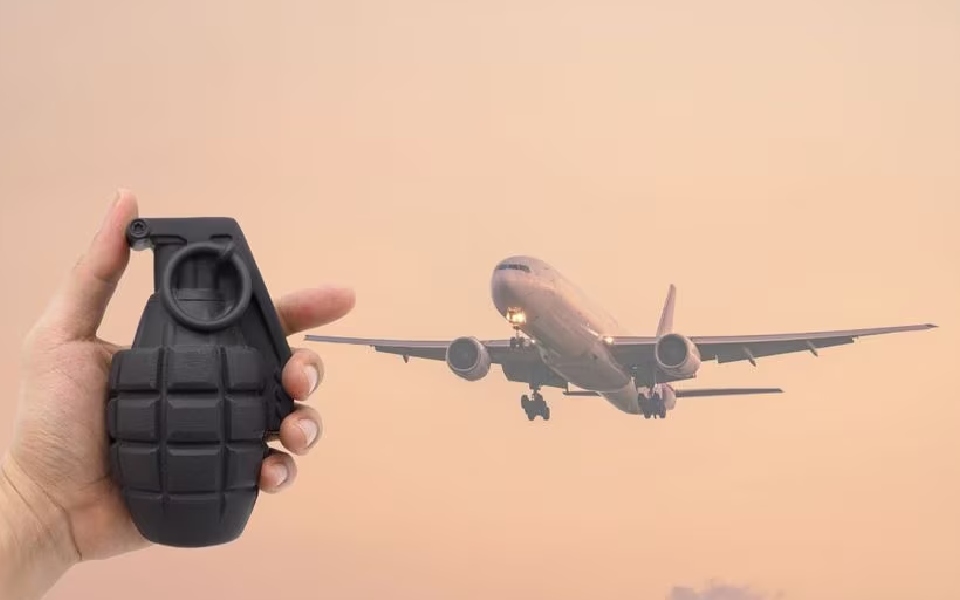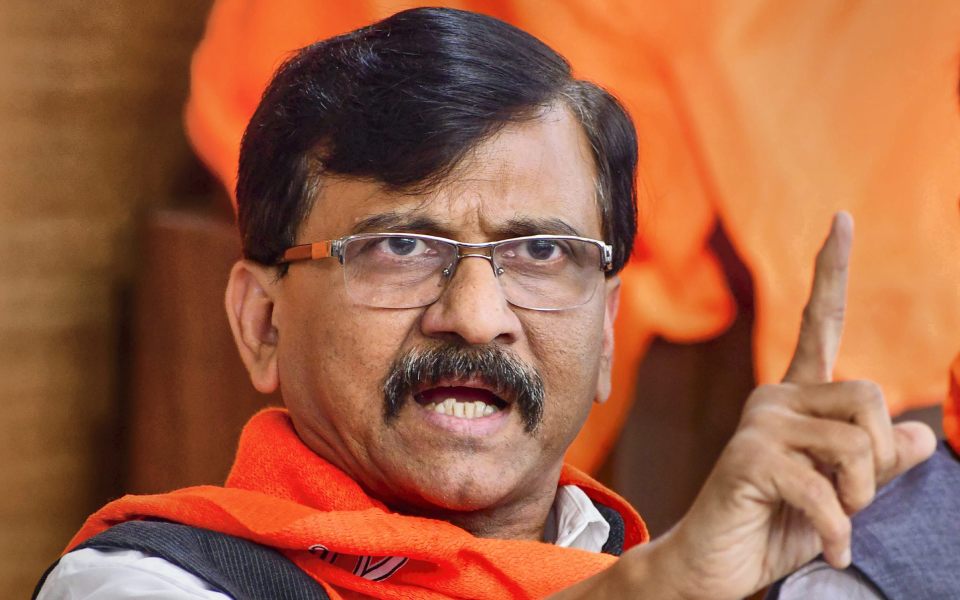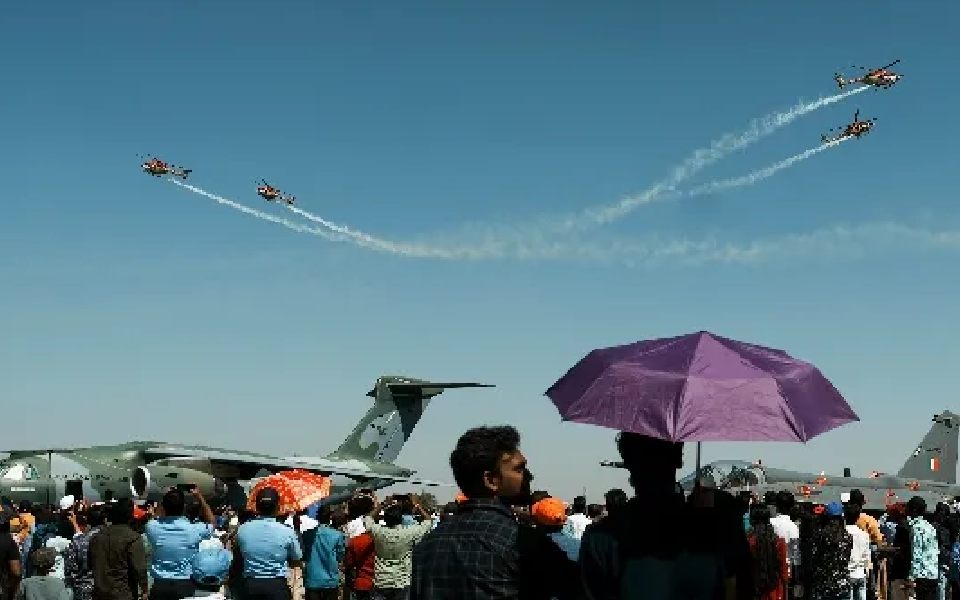New Delhi, Sep 15: The BJP-led NDA government will implement 'one nation, one election' within its current tenure, sources said, exuding confidence that the reform measure would receive support across party lines.
As the third term of the NDA government led by Prime Minister Narendra Modi completes 100 days in office, the sources said that the cohesion within the ruling alliance will continue for the rest of the tenure.
"Definitely, it will be implemented in this tenure itself. It will be a reality," one source said, speaking on condition of anonymity.
In his Independence Day address last month, the prime minister made a strong pitch for 'one nation, one election', contending that frequent polls were creating hurdles in the country's progress.
"The nation has to come forward for 'one nation, one election'," Modi had said in his address from the ramparts of the Red Fort.
The prime minister urged the political parties "from the Red Fort and with the national tricolour as a witness to ensure the nation's progress".
He also asked the parties to ensure that national resources are used for the common person and said, "We have to come forward to realise the dream of 'one nation, one election'."
'One nation, one election' is one of the key promises made by the BJP in its manifesto for the Lok Sabha elections.
A high-level panel headed by former president Ram Nath Kovind in March this year recommended simultaneous elections for the Lok Sabha and state assemblies as the first step followed by synchronised local body polls within 100 days.
Separately, the Law Commission is likely to recommend holding simultaneous polls for all three tiers of government -- Lok Sabha, state assemblies and local bodies like municipalities and panchayats -- starting with 2029 and a provision for unity government in cases like hung house or no-confidence motion.
The Kovind panel has not specified any period for rolling out simultaneous polls.
It has proposed creation of an 'Implementation Group' to look into the execution of the panel's recommendations.
The panel recommended as many as 18 constitutional amendments, most of which will not need ratification by the state assemblies.
However, these would require certain Constitution amendment bills that would need to be passed by Parliament.
Let the Truth be known. If you read VB and like VB, please be a VB Supporter and Help us deliver the Truth to one and all.
New Delhi, Nov 28: Airlines received 999 hoax bomb threats this year till November 14 and as many as 256 FIRs have been filed while guidelines have been issued by aviation security regulator BCAS for objective assessment of threats, the government said on Thursday.
In a written reply to the Lok Sabha, Minister of State for Civil Aviation Murlidhar Mohol said a total of 1,148 hoax bomb threat messages/calls have been received since August 2022 till November 14, 2024 threatening the operations of international and domestic air travel.
While 999 threats were received by airlines during the period from January to November 14, 2024, the count stood at 122 last year and at 27 for the August-December 2022 period.
"256 FIRs have been filed since January 2024 till 14 November 2024, out of which 163 FIRs have been filed during 14 October- 14 November 2024. 12 arrests have been made in view of hoax bomb threat since January 2024 till 14 November 2024," the minister said.
The Bureau of Civil Aviation Security (BCAS) has issued guidelines for objective assessment of threats. The indicative factor has been useful in reducing time taken by the Bomb Threat Assessment Committee (BTAC) during the decision-making process.
"Also, to reduce the overall time taken for convening BTAC to less than 5 minutes, virtual assembly of BTAC through pre-generated video link has been set up. Further, advisories for compulsory 10 per cent of secondary ladder point check-in for all flights, strict monitoring of non-scheduled flight operations, enhanced security measures and surveillance at cargo terminals were issued," Mohol said.
Further, the minister said the government is considering amending the Aircraft (Security) Rules, 2023 to put hoax threat messenger in the no-fly list.
"It is also being considered to amend Suppression of Unlawful Acts against Safety of Civil Aviation for covering Aircraft in flight as well as on ground, airport etc," he added.





